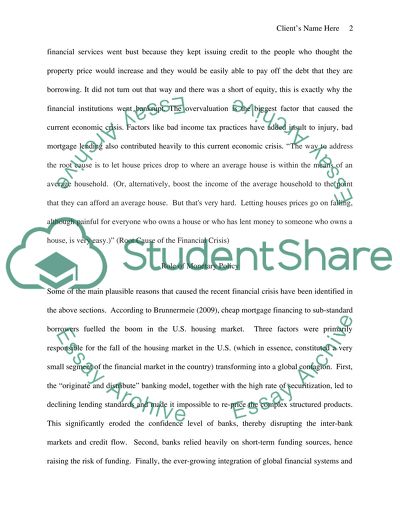Cite this document
(Roots and Causes of the Economic Crisis Literature review, n.d.)
Roots and Causes of the Economic Crisis Literature review. Retrieved from https://studentshare.org/macro-microeconomics/1398790-lessons-learned-from-the-collapse-of-bear-stearns
Roots and Causes of the Economic Crisis Literature review. Retrieved from https://studentshare.org/macro-microeconomics/1398790-lessons-learned-from-the-collapse-of-bear-stearns
(Roots and Causes of the Economic Crisis Literature Review)
Roots and Causes of the Economic Crisis Literature Review. https://studentshare.org/macro-microeconomics/1398790-lessons-learned-from-the-collapse-of-bear-stearns.
Roots and Causes of the Economic Crisis Literature Review. https://studentshare.org/macro-microeconomics/1398790-lessons-learned-from-the-collapse-of-bear-stearns.
“Roots and Causes of the Economic Crisis Literature Review”, n.d. https://studentshare.org/macro-microeconomics/1398790-lessons-learned-from-the-collapse-of-bear-stearns.


